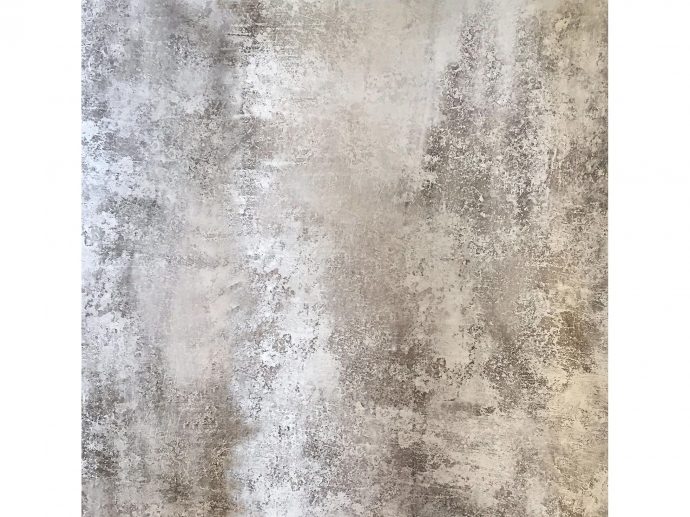Categories more
- Adventures (17)
- Arts / Collectables (15)
- Automotive (37)
- Aviation (11)
- Bath, Body, & Health (77)
- Children (6)
- Cigars / Spirits (32)
- Cuisine (16)
- Design/Architecture (22)
- Electronics (13)
- Entertainment (4)
- Event Planning (5)
- Fashion (46)
- Finance (9)
- Gifts / Misc (6)
- Home Decor (45)
- Jewelry (41)
- Pets (3)
- Philanthropy (1)
- Real Estate (16)
- Services (23)
- Sports / Golf (14)
- Vacation / Travel (60)
- Watches / Pens (15)
- Wines / Vines (24)
- Yachting / Boating (17)
Published
04/29/2022 by PlaniumWhat is meant by Industrial Style?
In recent years, this trend has had a strong weight in the world of architecture, which intersects with design as well as engineering. It refers to an aesthetic vocation born in New York after World War II of the twentieth century and developed especially in the USA at first. It consisted in recovering certain typical elements of the world of industry - especially the Fordian one of the early twentieth century, the most present in the common imagination - to "position" them on the market as ideas for furnishing.
Planium is naturally close to this style because it makes extensive use of its steels, which can be installed on the floor as well as on the wall, for coverings. Each steel has its own tone of gray which makes it peculiar and accentuates its characteristics and nuances. Stainless steel, with its "cold" aesthetic of detachment and its light silver tone; Oxidized steel, which assumes an apparently warm color, close to brown, but with gray streaks in filigree; Calamine steel, born from hot rolling and with more heterogeneous colors including Anthracite; the Stainless Concrete, a particular variety among the most suitable for the Industrial Style, so called because it chromatically recalls some shades and effects of microcements. What prevails is an effect of abstraction and brightness at the same time, with a play of reflections that radiates into the chosen interiors. A "pattern" due to electrolysis renders the chiaroscuro effect of the installation, as in a project by Planium, for the Agostini Museum, in which the interiors have faithfully reconstructed the scenery of a vintage motorcycle workshop with plays of light, which brings to mind the first two decades of the second post-war period.
The "recovery" for Industrial style sometimes concerned real abandoned spaces, perhaps part of former abandoned factories. Specific recovery plans for these areas have also been activated in Italy to promote sustainable urban development: projects that even border on "industrial archeology", which studies urban planning, engineering, technology and analyzes the history of the past. and of the industrial present. Many of our historic cities have benefited from it. So we talk about the recovery and enhancement of industrial history through the creation of museum spaces and spaces dedicated to culture, or even real "experimentation workshops" in which emerging artists can give rise to their creativity to give birth to new expressive and current forms.
















